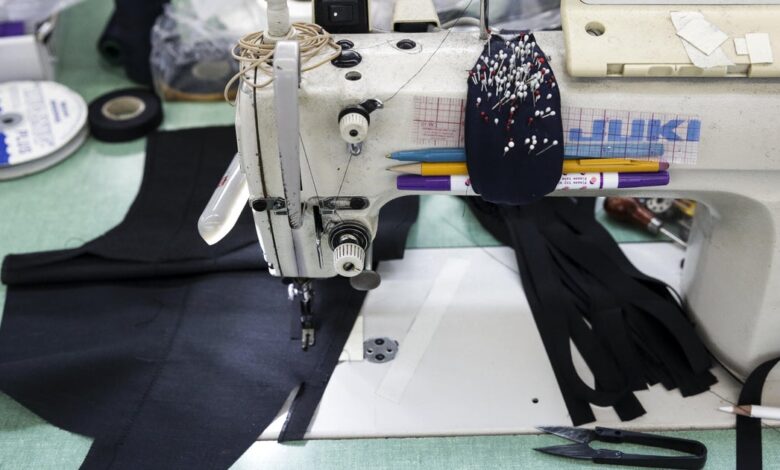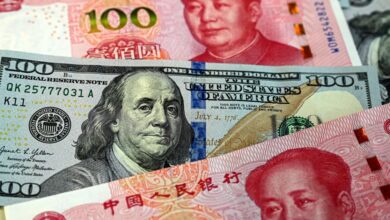Trump tariffs raise costs, business risks for NYC garment companies

New York City’s Garment District Faces Challenges Amid Tariff Uncertainty
The renowned Garment District in New York City is bracing for the impact of President Trump’s recent barrage of tariffs, which are beginning to create ripples throughout the apparel industry. This has left many businesses in the district, such as Alessi International, a local fabric importer, feeling uncertain about the future.
Co-founders and co-CEOs Lyn and Lisa Alessi have expressed concerns about the potential challenges that the tariffs could pose to their business. Alessi International works with international partners to produce fabrics for high-end clothing companies, and the recent tariffs have left many of their customers questioning how to navigate the changing landscape.
With 97% of clothes and shoes sold in the U.S. being imported, the tariffs on Chinese, Vietnamese, and Indian goods have raised import taxes to levels not seen in over a century. While the Trump administration has implemented reciprocal tariffs on various countries, the levies on China remain in place as trade talks continue.
For businesses like Alessi International and Apparel Production, a manufacturing group in the district, the tariffs will lead to higher production costs and ultimately result in increased prices for consumers. This could potentially drive shoppers to seek out alternative clothing options, impacting the high-end market.
Apparel Production, which has been in operation since 1948, has seen many changes in the industry over the years. Co-owned by Karen Sadaka and Teddy Sadaka, the company has worked with major brands like Calvin Klein and Ralph Lauren. However, the shift towards overseas production has led to the closure of many of their plants in the U.S.
As the garment industry faces uncertainty amidst the tariff threats, businesses in the Garment District are left wondering about the future of domestic manufacturing. While some hope that the tariffs will spur a resurgence in local production, others fear that the sudden shift may be too much, too fast for the industry to adapt.
Overall, the impact of President Trump’s tariffs on the Garment District remains to be seen, but businesses are preparing for potential challenges ahead. With the district’s rich history and legacy in the apparel industry, stakeholders are hopeful that they can weather the storm and adapt to the changing landscape of trade policies.





